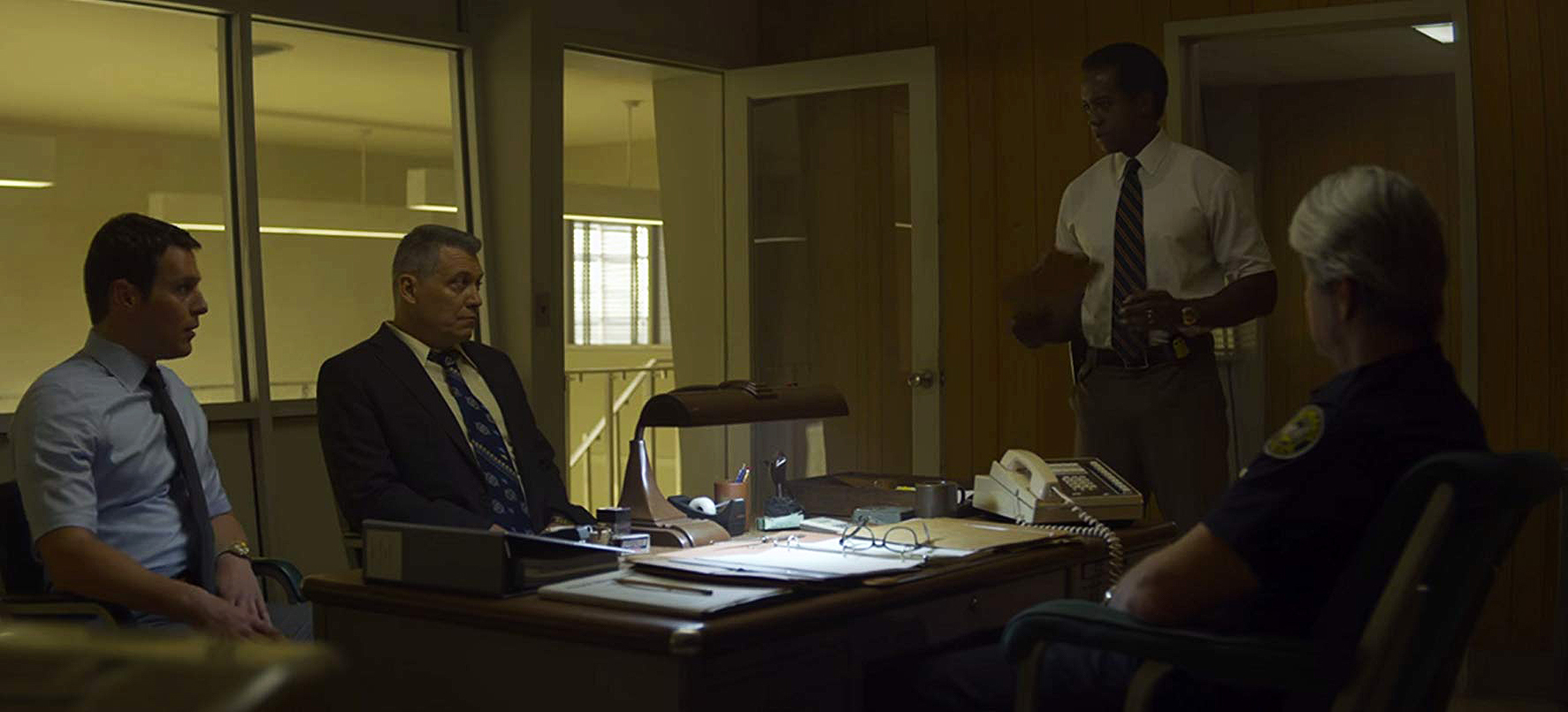
Netflix Helps Drive the Creative Vision with High-Dynamic-Range Content
Is HDR television a technology of the future? Actually, millions of viewers are already enjoying it.

Some might consider high-dynamic-range (HDR) television a technology of the future, but millions of viewers are already enjoying it. At the forefront of HDR broadcast is Netflix, the streaming and production giant, which reports that roughly a quarter of the devices used to access its service monthly — more than 165 million — are configured for HDR. As a result, Netflix is making a concerted effort to provide HDR content and currently has more than 1,000 hours of such programming available.
One of these titles is David Fincher’s gritty, period procedural Mindhunter, which earned Christopher Probst, ASC an ASC Award nomination for its pilot in 2017. The series is photographed by Erik Messerschmidt, who notes that production incorporated HDR into the second season. “With Mindhunter, we try to be very subtle with the photography,” says Messerschmidt. “The story and themes of the show are complex and nuanced, so it’s really important that the photography never draws attention to itself. HDR helps because it enables me to be very subtle in my use of color and contrast, particularly in the toe of the exposure. Everyone likes to talk about the bright whites in HDR, but I think perhaps the added range in the shadows is more interesting and more important than added range in the highlights.
“I want all the choices available to me so that when appropriate, I can saturate a color or blow out a window. Having the added range is to our benefit, but it’s also our responsibility to use it to tell the story.” — Erik Messerschmidt
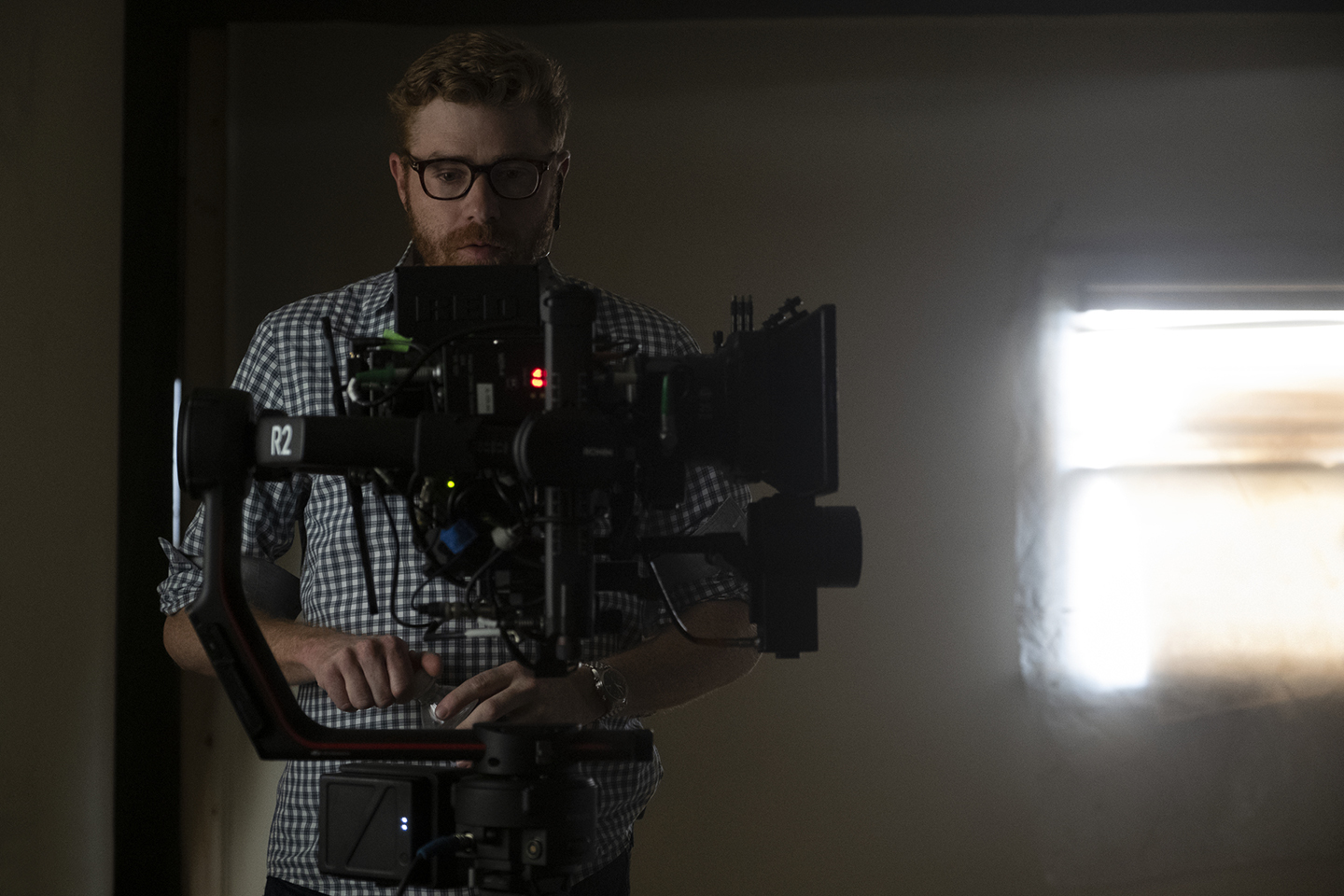
“I think cinematographers have always advocated for a better experience for the audience, whether it’s fast film stocks with tighter grain, better projection technology, or higher quality digital-capture and display technologies,” he continues. “HDR is just another step in that direction. Standard-dynamic-range video distribution can only show a narrow exposure band of the modern digital sensor’s dynamic range. The opportunity to use more of the sensor’s range when we want to is a very exciting development.”
Messerschmidt says finishing in HDR allows him more choices in terms of exposure and lighting. “I use an HDR reference display when I’m shooting and monitor in Dolby PQ and Rec. 2020. In my mind, it’s a totally different format with different exposure parameters and lighting requirements. The added color gamut is particularly exciting, as I can be very subtle and controlled in my use of color, particularly the secondaries. I also find I use a lot less fill because I can more comfortably expose to the right given the added range in the highlights.”
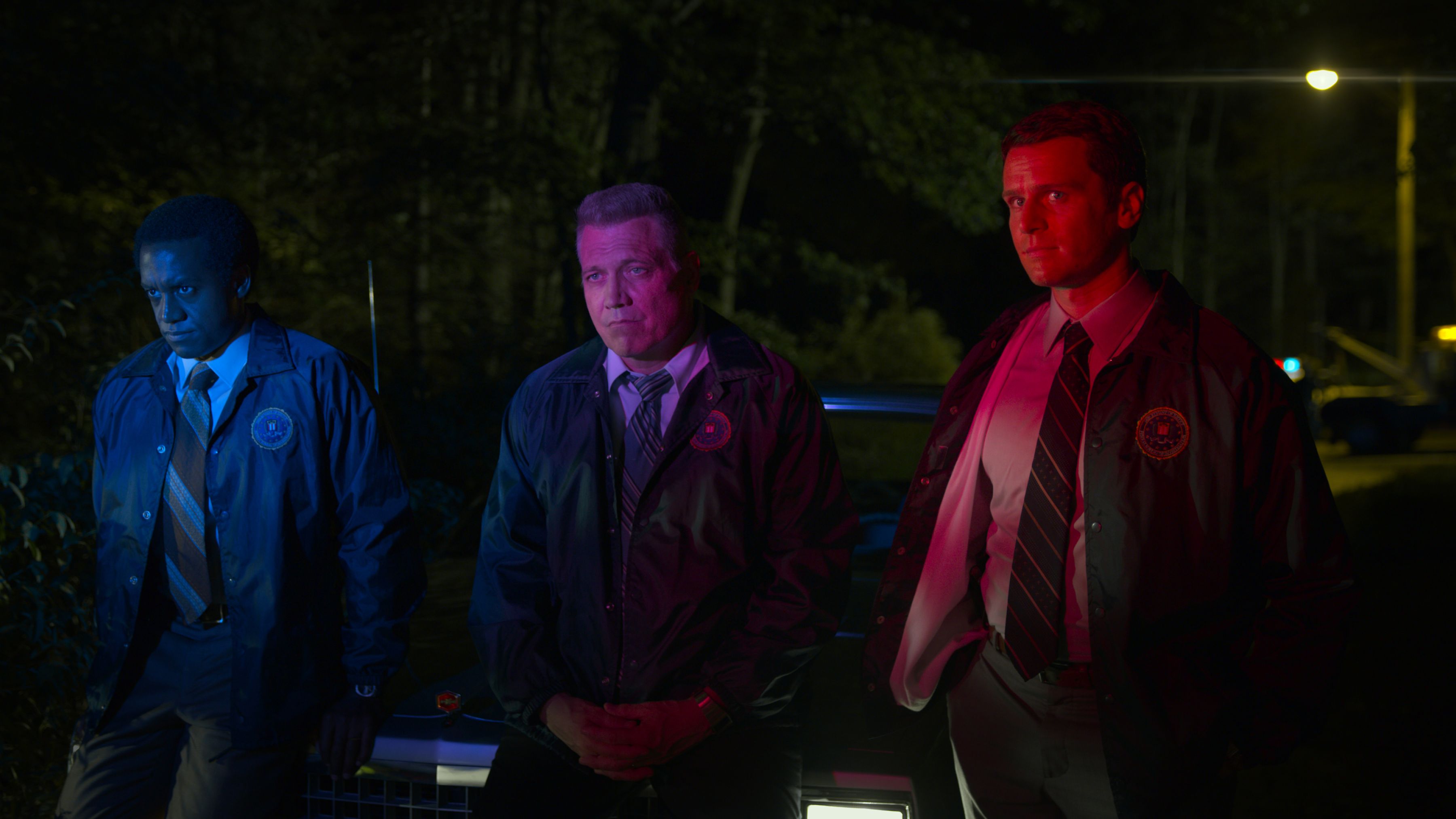
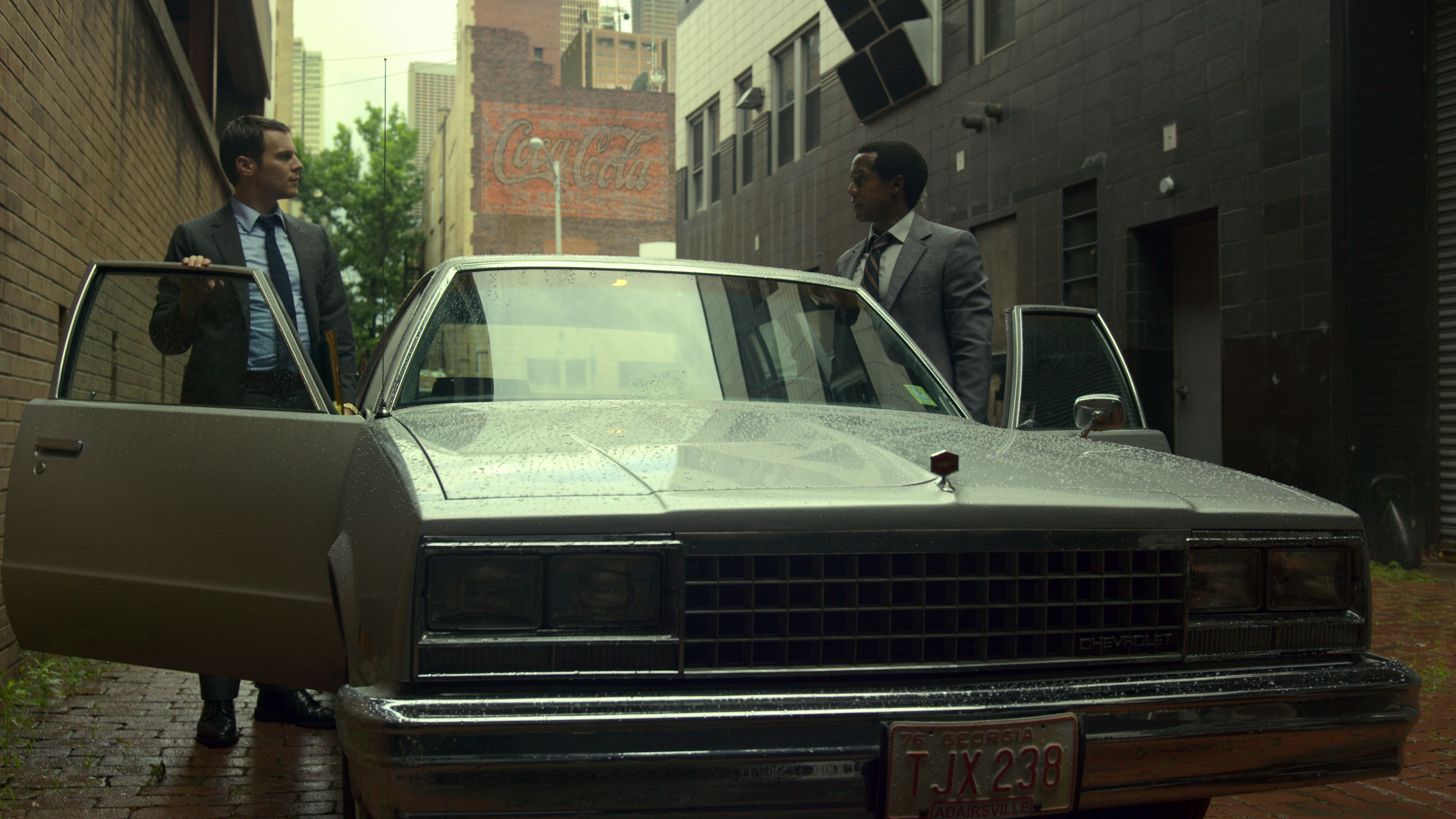
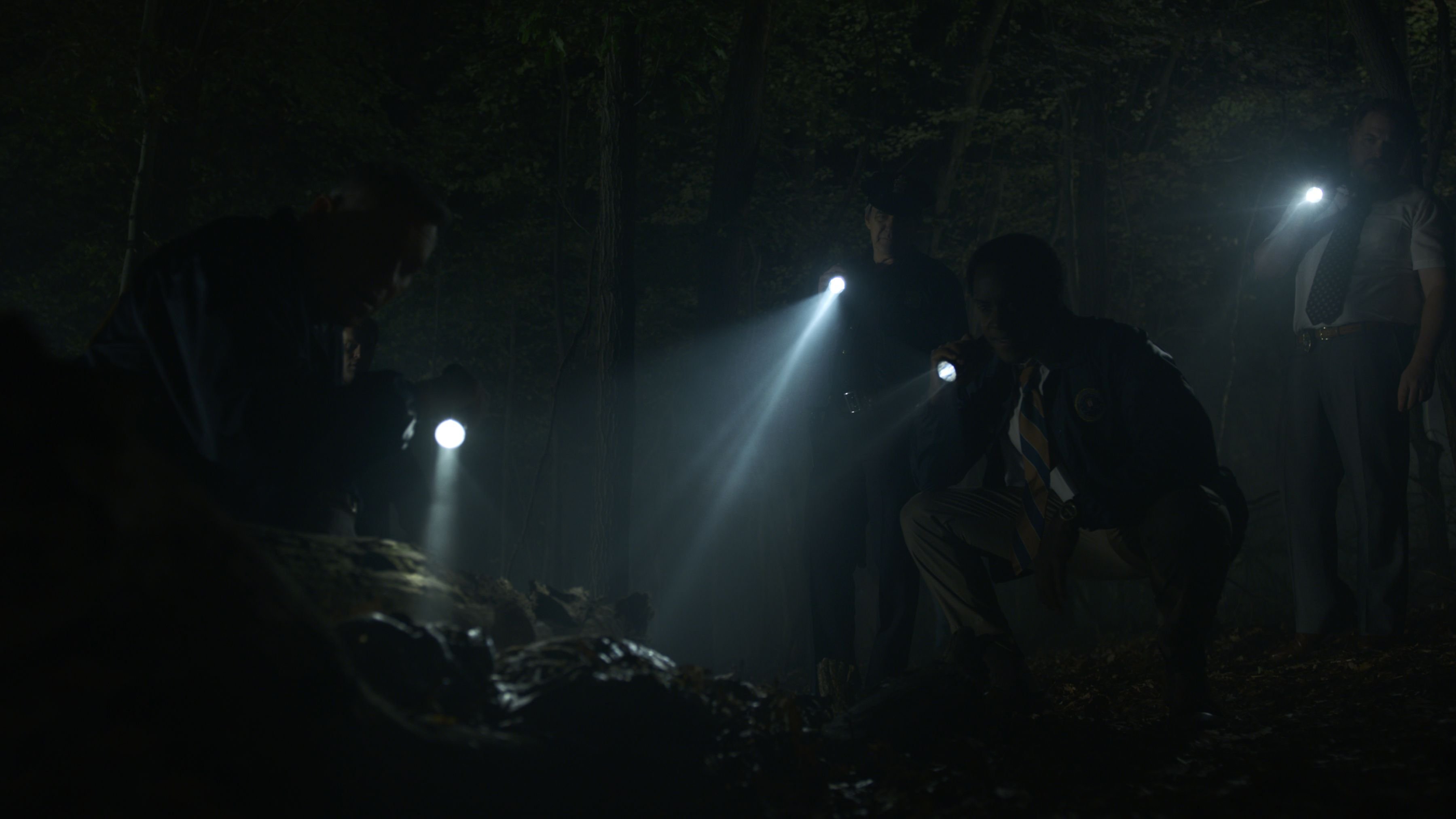
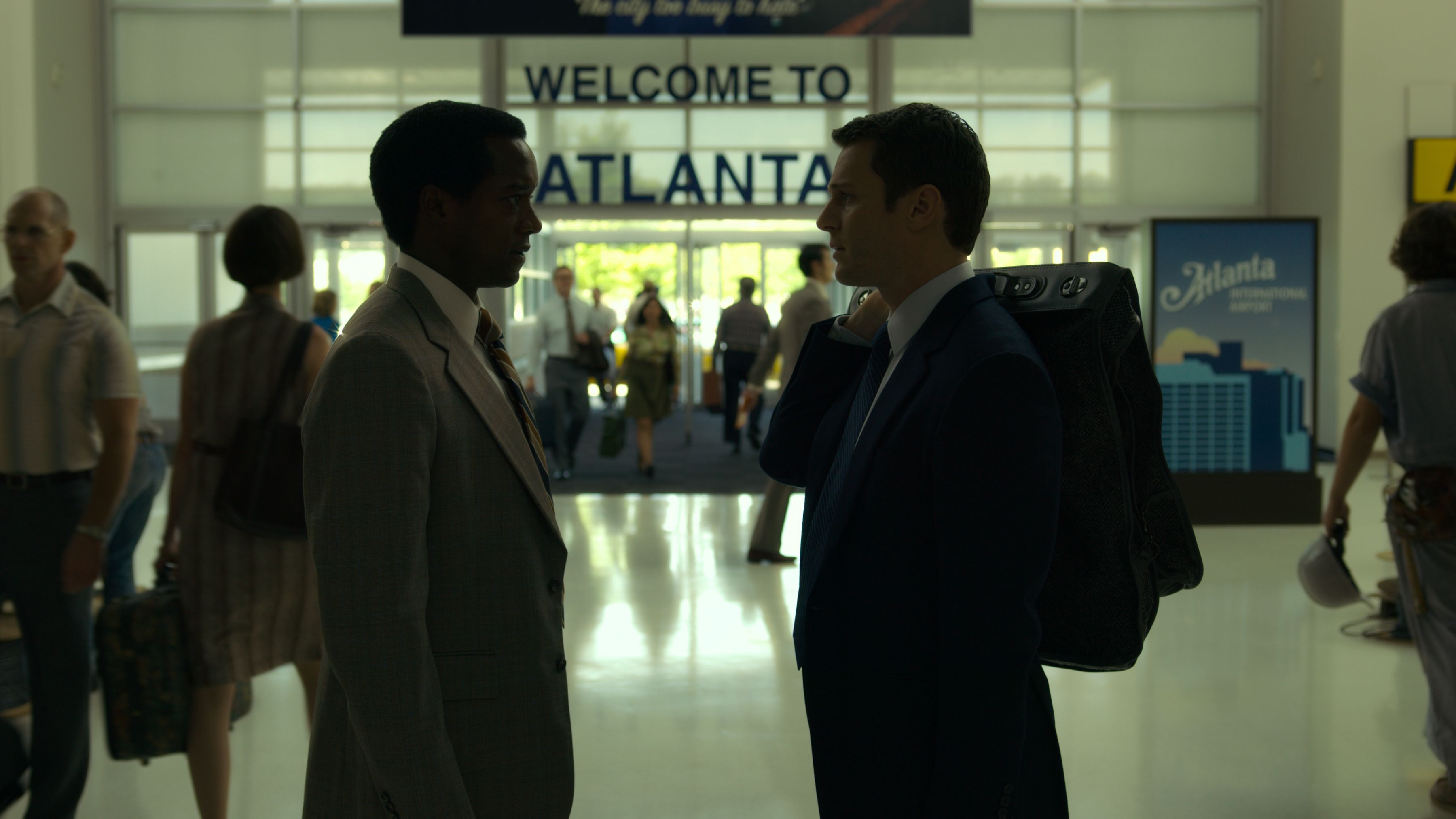
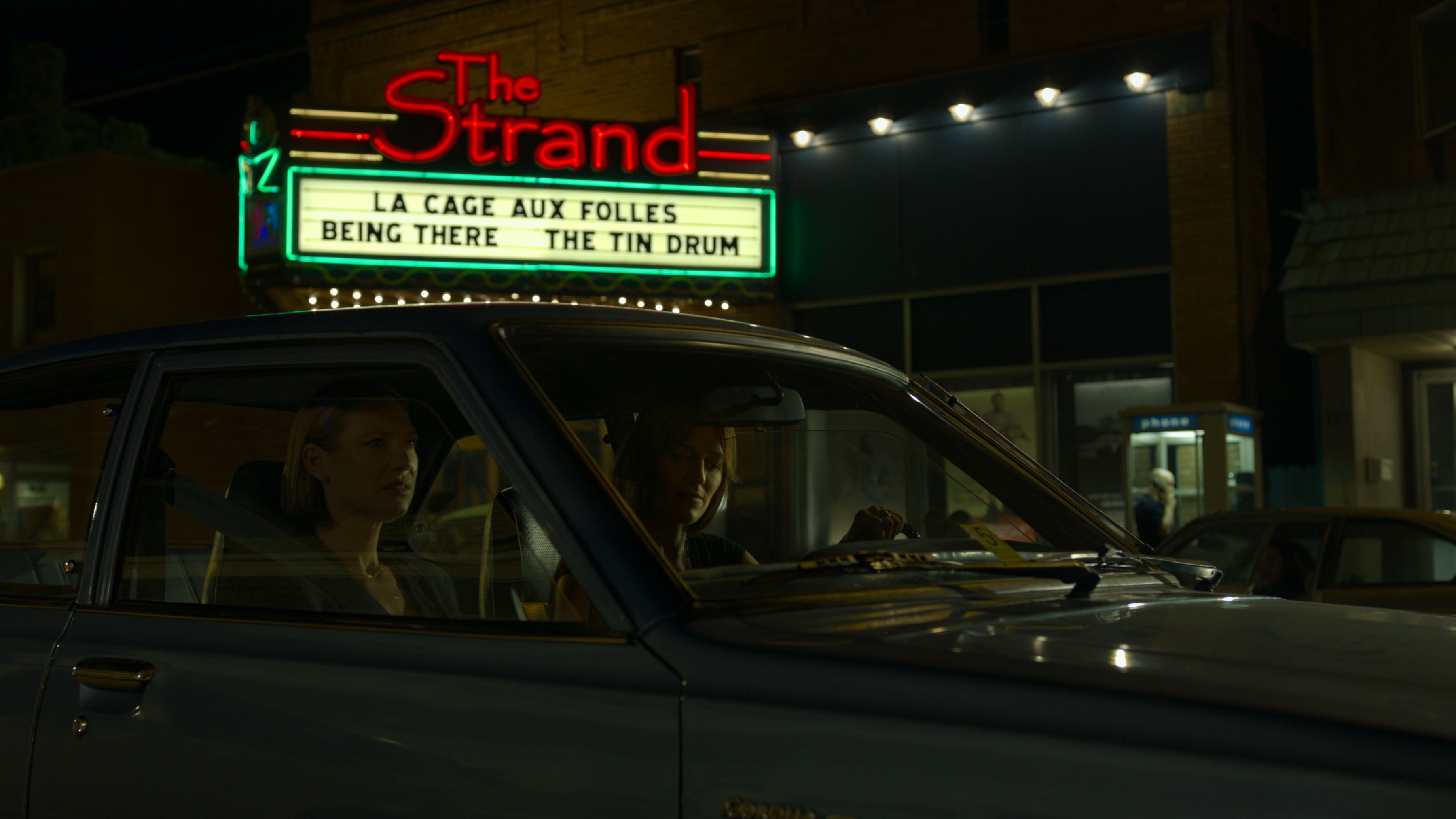
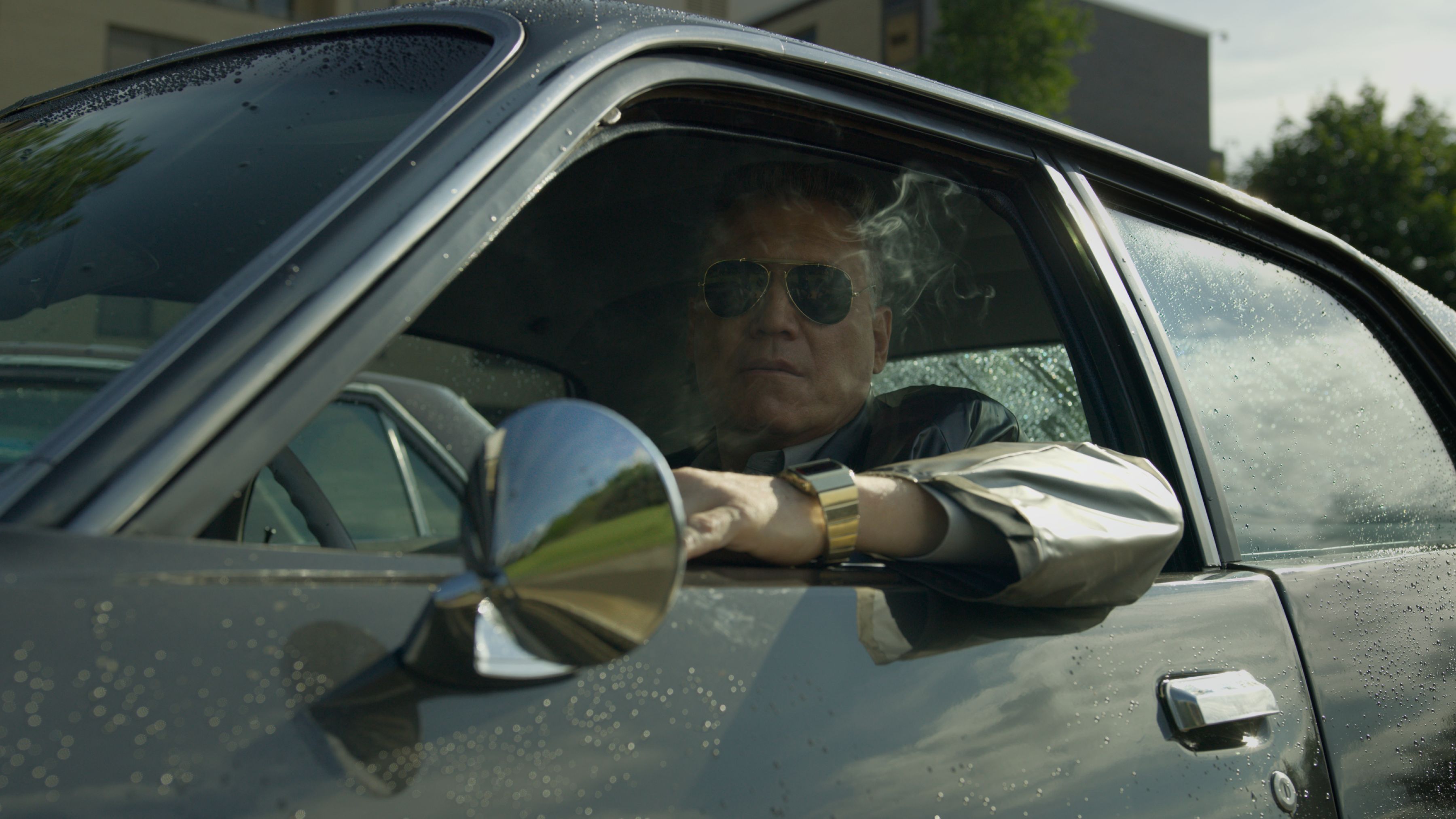
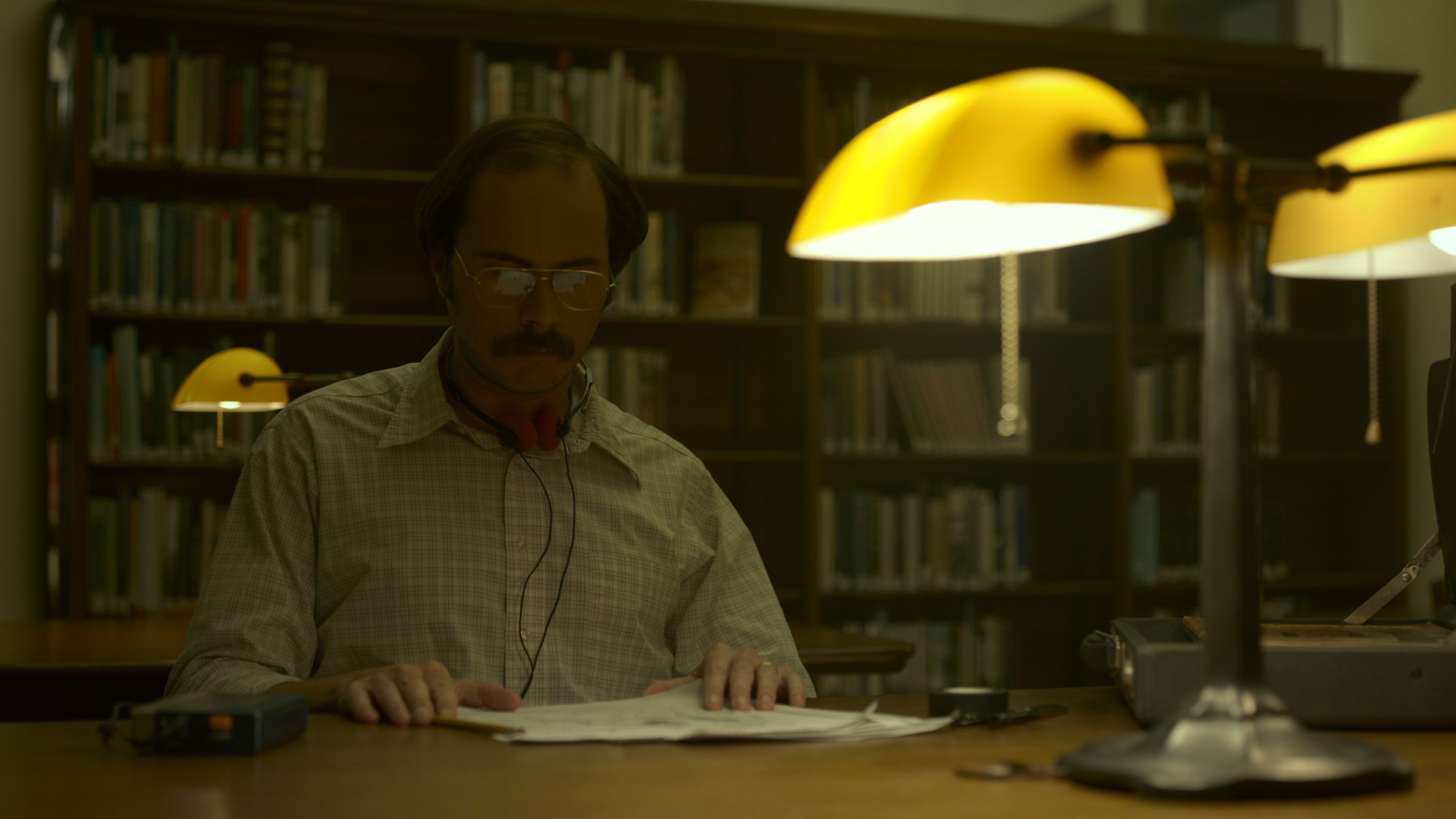
Messerschmidt, a former gaffer, observes that with HDR, he is much less worried about highlight retention, especially bright background windows. “When I monitor — and therefore finish — in HDR, I can very comfortably expose to just hold the exact level of highlight detail I want and then light the set as needed. This typically results in a lot less fill light. I feel I can work fast and with more gestural choices than I was [doing] in SDR. It has also changed my experience in DI, as we’ve been grading our HDR delivery first [and then] trimming the HDR grade to SDR. That’s generally much easier than stretching an SDR grade to fit inside the larger HDR package; it never quite looks right when it’s done that way.
“I think the opportunity for choice doesn’t necessitate acting on those choices,” Messerschmidt notes. “For example, just because I can put my highlights [to appear at] 1,000 nits [peak white on a display] doesn’t mean I need to. In fact, in most cases, I don’t want to. In Rec. 709 video, we often exposed the set in terms of maximizing the dynamic range of the image because the window is so small, so our practicals and windows all ended up at the top of the curve. Now that we have more range, I can put my practicals at [an exposure level that hits] 300-400 nits [on a display] and then put a background window at 800. The audience senses the environment is lit by the practicals while simultaneously recognizing that the background window is substantially brighter. That’s something I never felt we could accomplish in SDR effectively.”
That approach to HDR might be counterintuitive for filmmakers who presume the technology is for “bright” and “colorful” images, as well as for others who fear filmmakers will push the limits of 1,000 nits to a point that might be uncomfortable or even painful for an audience to watch. Messerschmidt says that is not how he and Fincher approach HDR for Mindhunter. “Good cinematography is fundamentally about applying taste to one’s work,” says the cinematographer. “Just because we have access to a wider color gamut and dynamic range doesn’t mean we have to use it. The Dutch masters had access to all the paint colors of the time but made fundamental creative choices about what to use in their palettes and what to exclude. The choice here is the same. I want all the choices available to me so that when appropriate, I can saturate a color or blow out a window. Having the added range is to our benefit, but it’s also our responsibility to use it to tell the story. The advent of HDR is fundamentally no different than the introduction of three-strip Technicolor, Kodak Vision film stocks or digital projection.”
For its original programming, Netflix stipulates a minimum requirement for camera technology, especially sensor-photosite count, but the company’s approach to HDR vis-à-vis production is more creatively driven. Netflix executives make no demands regarding dynamic range, brightness values, contrast reproduction, etc. Instead, they leave the implementation of HDR up to the filmmakers. Because so many Netflix viewers are watching on HDR monitors, the company does mandate an HDR finish because it wants to ensure the filmmaker’s creative intent is properly presented in that format.
“We are passionate about providing filmmakers with the widest possible canvas,” says Jimmy Fusil, Netflix’s director of creative technologies and infrastructure. “HDR offers more creative opportunities, better fidelity to creative intent and a more immersive and authentic viewing experience for our members. We’ll continue to work closely with filmmakers to make it a productive and seamless part of their creative process.”
Netflix has made substantive efforts to support the cinematography community and has a strong presence on the committees and projects of the ASC’s Motion Imaging Technology Council (MITC).
“Netflix is a very big supporter of what we do on MITC and of our accomplishments,” says MITC Chair Curtis Clark, ASC. “Their intention, especially with HDR, is to have a better understanding of the technology to better support the creative intent of the filmmakers — to better expand the visual canvas, which also includes 4K and wide-color-gamut images. Netflix is one of the savvier companies, and it’s at the forefront of the incorporation of ACES, HDR, high-resolution images and wide color gamut. They are involved with our various committees and have been very positive and constructive contributors to our efforts.”
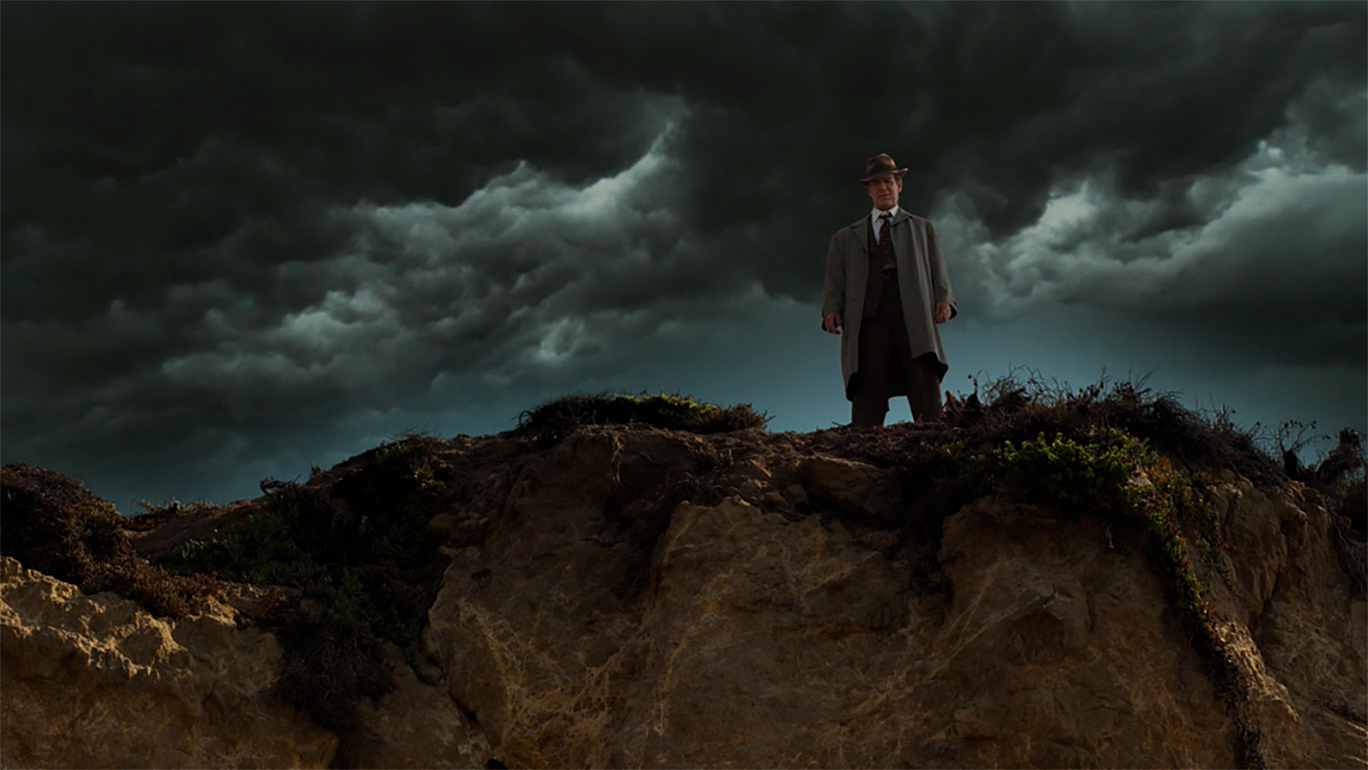
In fact, in 2016, Netflix engaged Clark to write and direct the short film Meridian, photographed by Markus Förderer, ASC, BVK, as a proof of technology and test bed for developments in HDR presentation. The short can be streamed in HDR on the service and illustrates how the technology can be used as a storytelling component.
Clark authored a white paper for filmmakers on the use of HDR that can be viewed here.
The current state of cinematography is indeed bright — at least 1,000 nits, if not more.
You’ll learn much more about Messerschmidt’s camerawork in the series from this Clubhouse Conversations interview conducted by Charlie Lieberman, ASC:






